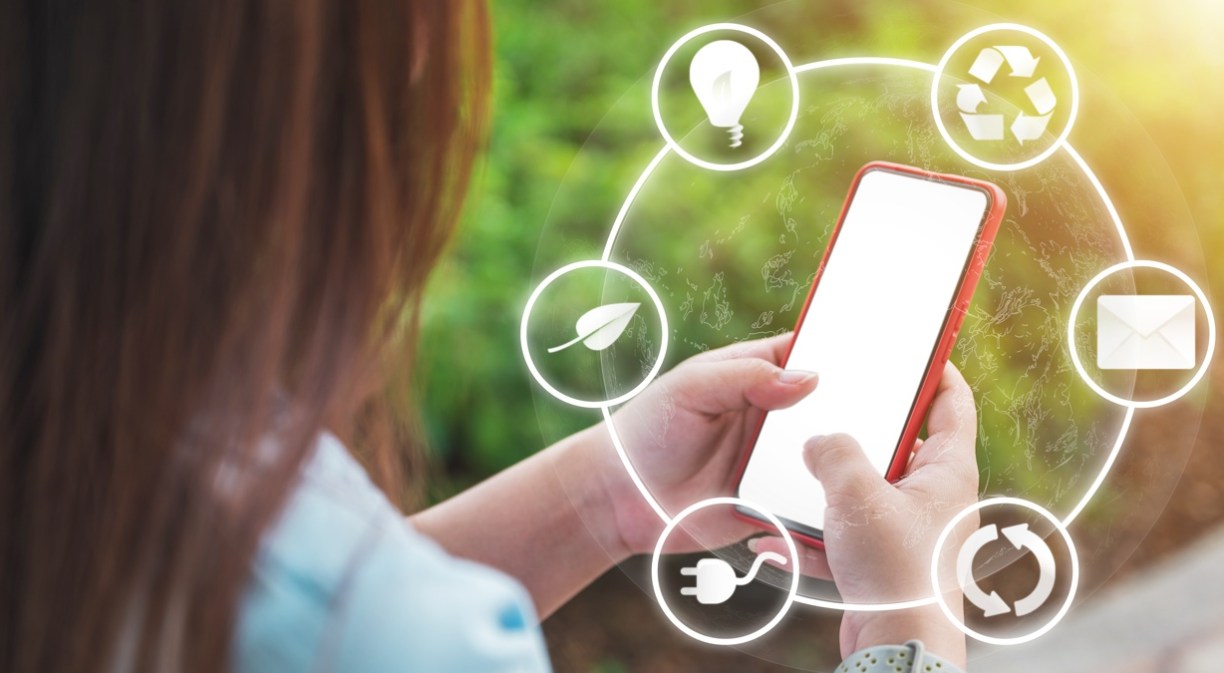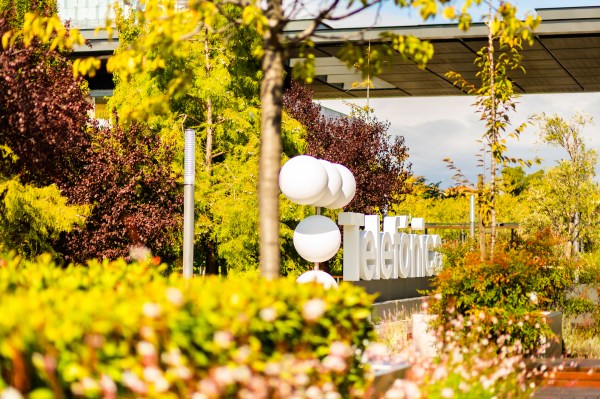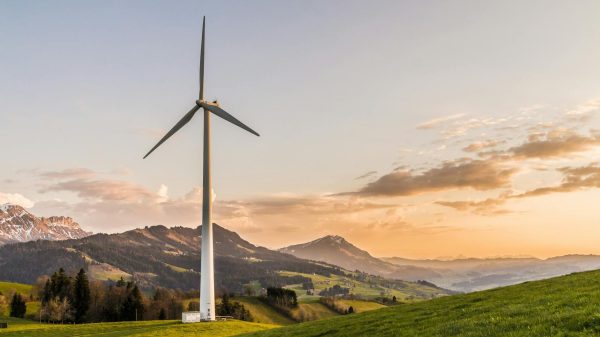Our twelfth Global Energy and Climate Change Workshop has concluded and leaves us with a great sense of pride and responsibility. Telefónica has achieved many achievements so far – a 40% reduction in emissions over five years, including the value chain, does not come easily – but we have a long way to go to reach net zero emissions in our major markets by 2025 and throughout our value chain by 2040.
We are also more aware than ever of our role as a driver of change in the economy and in society: only by supporting and involving our suppliers and customers will we achieve real change, a real and lasting transformation that will improve the world we leave to our children. Hence the importance of co-responsibility, of taking this road together, and of relying, more than ever, on digitalisation to move forward.
That is why it remains important to insist on the whys and wherefores, because there are plenty of reasons. Scientists tell us that the actions we need to take are urgent but that the situation can be reversed, at least the most serious consequences. Even if all the commitments to act that are on the table are met, we will still be dealing with a temperature increase of over 2 degrees Celsius (2.4), so governments are increasing regulation and are likely to go further.
Investors are increasing the mobilisation of capital away from fossil fuels towards cleaner technologies, and overall, there is a substantial increase in sustainable finance. And for their part, citizens, especially the younger generations, are calling for change and for products and companies that are committed to the planet.
A transformation based on commitment
For us at Telefónica, these reasons, translated into risks and opportunities, and the commitment of the entire organisation have been fundamental: our board of directors makes the decisions on our Net Zero strategy. In addition, our variable remuneration is linked to emission reductions. And since 2019 we have made a change in the debt issuance model by linking part of it to social and environmental projects.
Our efforts are recognised year after year by CDP, which includes us in its A List, where there are only six telecommunications companies.
How are we managing to decouple energy consumption and emissions from our business growth? With many teams aligned around efficiency, to consume less and cleaner energy. Transforming our networks to more efficient models – fibre is 85% more energy efficient than copper and 5G is 90% more energy efficient than 4G – and switching off our legacy network. Also by being more digital and virtualised, because digitalisation helps us too.
And since a telecommunications network needs cooling as well as electricity, we use Artificial Intelligence to reduce emissions from this process, which is key to predictive work. Similarly, we eliminate cooling gases by using free cooling, or ventilation with outside air, in some cases, as well as a biodegradable liquid that we are testing in Spain because of its lower environmental impact.
Digitalisation, virtualisation and Artificial Intelligence are helping us to improve the energy efficiency of our networks
Controlling fuel use is also key: we need electrical generators in places where electricity is not stable, so we are replacing them with hybrid generators, with solar power and batteries.
Moreover, we have reduced car fleet fuel consumption by 40%. With fibre, we need our technicians to travel less often to fix problems, and we are using fleets powered by biodiesel fuels or electricity.
And as we said, in addition to consuming less MWh, we want them to be of renewable origin, and we not only want to use it to power our grids, but also to contribute to the countries where we are to have more renewable energy in their grids. An example of this is the PPA in Spain, with several plants involved, and the 83 mini-fleets that will generate clean energy in Brazil.
Extending the Eco Smart label is key to meeting our goal of helping other companies reduce their emissions by 12 million tonnes per year (9.5 million by 2020)
But to achieve zero net emissions we need to go further and neutralise the emissions that we don’t manage to avoid; we have already started to offset emissions in Brazil and neutralise them in Spain, with the first Telefónica Forest, which recently came into being. Our goal is to rely on more CO2 absorption projects, preferably nature-based ones that have the most reliable certificates and also seek to provide added value in creating employment and biodiversity.
Exponential change in other sectors
At Telefónica, we don’t just want to be Net Zero, we want our customers to avoid more and more emissions every day. “If we take 13 steps in a straight line, we will reach the end of the street, but if we take 30 exponential steps (2, 4, 8…) we will surely reach the moon”, explains Johan Falk, CEO of Exponential Roadmap Initiative, a roadmap in which companies such as Telefónica, Google, Ikea, Spotify and others seek to exponentially transform other sectors with new technologies.
Through Telefónica Tech we help our corporate customers to digitally transform and become more sustainable by combining the most powerful technologies such as connectivity and 5G with the IoT. With it, we can measure, automate and increase the efficiency of industry, utilities, fleet management, agriculture, cities… If, in addition, as Elena Gil says, we combine it with AI and Big Data, we can extract value from all the data that is generated and help companies make better decisions, predicting behaviour and getting ahead of the curve. Other important technologies are the cloud and the best connectivity, key to teleworking and remote education, which significantly reduce emissions.
Green and digital transition must go hand in hand: they are twin transitions. As Ray Pinto, Director of Digital Transformation Policy at Digital Europe, explains, “our industry has to lead the change“. In total, it is estimated that the advances allow for a reduction of between 15 and 35%. Hence the importance of publicising them in order to accelerate their implementation.
Collaboration with our most strategic suppliers, who are increasingly aware of climate change, has helped us reduce scope 3 emissions by 27% since 2016
Telefónica has pioneered the launch of a seal –Eco Smart– with which we identify the environmental benefits of a specific product or service, and which, validated by an external auditor (AENOR), helps our customers to understand the enormous potential of digitalisation for their business and how it contributes to saving energy, water and CO2 emissions, and promoting the circular economy. Extending Eco Smart is key to meeting our goal of helping other companies reduce emissions by 12 million tonnes per year (9.5 million tonnes by 2020).
Driver of change throughout the value chain
I fully agree with Maria Mendiluce, CEO of the We Mean Business Coalition, when she says that companies need to show the highest level of ambition and that those that dedicate efforts to reducing emissions in the supply chain will be much more attractive to customers and more competitive.
At Telefónica, we have reduced scope 3 emissions by 27% since 2016 thanks, above all, to direct work with our most strategic suppliers, who are increasingly aware of climate change. In addition, we are working closely with our competitors on various initiatives through JAC and the GSMA to accelerate change. And as part of the Supply Chain Leaders group, we promote projects that go beyond our sector, such as the SME Climate Hub, which supports SMEs, the backbone of the economy, in this transition.
Almost 60% of our emissions come from our supply chain, but 35% come from our customers’ equipment (mobile phones, routers, etc.). We are working on designing these devices to consume as little materials and energy as possible (eco-design), and promoting circularity. For example, the Eco Rating indicates which phones are more sustainable. In this way they can make a more informed decision.
What is clear is that all fronts are needed, that we all need to engage in green, digital transformation and think about our ability to influence change, each in our own sphere and beyond.












